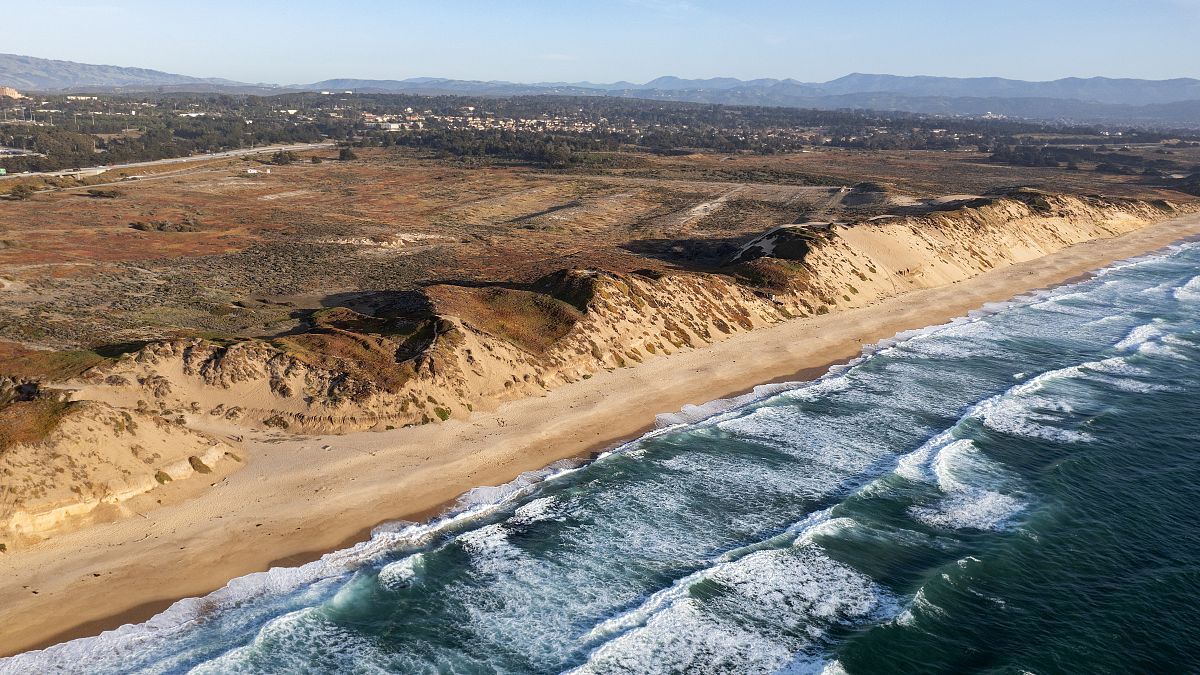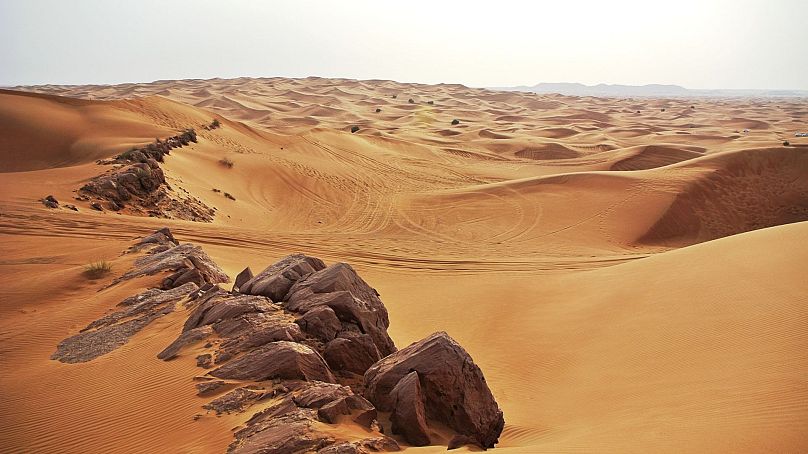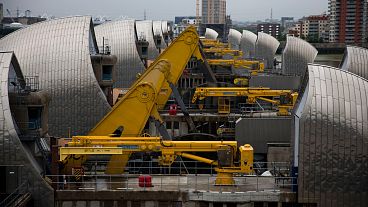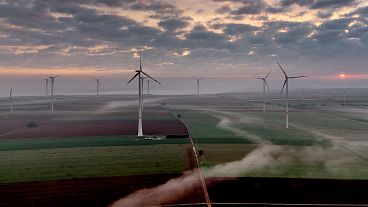Unchecked sand consumption risks environmental damage and global shortages.
A rapid increase in the demand for sand is driving shortages around the world.
Sand is essential in the construction world, used to make concrete, glass and other vital building materials. But demand is set to soar by 45 per cent in the next four decades, according to a new study.
Leiden University in the Netherlands calculated that its use in the construction industry will jump from 3.2 billion tonnes a year in 2020 to 4.6 billion tonnes by 2060 - particularly in Africa and Asia.
This is due to projected population and economic growth as well as an increasing number of buildings being made from concrete and glass.
But unchecked consumption risks environmental damage and global shortages.
Is ‘building sand’ any different to the sand you find on beaches?
Much of the world’s sand cannot be used in construction. Desert sand is too smooth to be used as a binding agent for concrete and sea sand is too high in chloride levels for most construction purposes.
So most of the sand used for building is extracted from rivers, lakes and shorelines - regions with high environmental and human impacts.
Sand mining on the Pearl River (Zhujiang) in China has already lowered water tables. Water tables are the underground sections between the soil surface and the area where the groundwater is. This has made it harder to extract drinking water for locals and has damaged bridges and embankments.
And to make things even worse, sand pirates are on the rise.
Who are the sand pirates?
Organised gangs exploiting the building sand industry have started to crop up around the world. Dozens of islands have disappeared in Indonesia as a result of the sand mining.
And this has devastating effects on the local environment.
“Sand overexploitation has commonly driven ecosystem destruction, shoreline erosion, biodiversity loss and food loss,” says lead author of the study, Xiaoyang Zhong.
“The social consequences can include reduced resilience to disasters and a rise in corruption and crime.”
Illegal sand mining has been reported in over 70 countries, often involving highly organised gangs. It threatens the livelihoods of hundreds of millions of people that live along the world’s rivers and floodplains, from Cambodia to California, the Middle East and China.
Researchers don’t know exactly how large the global supply is, but easily accessible sand around the world is disappearing at an alarming rate with deep ecosystem impacts.
Are there any alternatives we could use instead of sand?
Senior author of the research and assistant professor of environmental change, Paul Behrens, says “international cooperation in sand extraction, material recycling and building technologies is essential”.
“Better governance and planning will be needed to ensure future generations will have enough sand resources.”
Other measures to combat the sand crisis induce extending the lifetime of buildings, reusing concrete, creating more lightweight building designs or using alternative materials, such as timber frames, according to Zhong.
Authors of the study are calling on the UNEP and the World Trade Organisation (WTO) to set up and oversee a global monitoring programme for sand resources to prevent them from being mined into oblivion.




